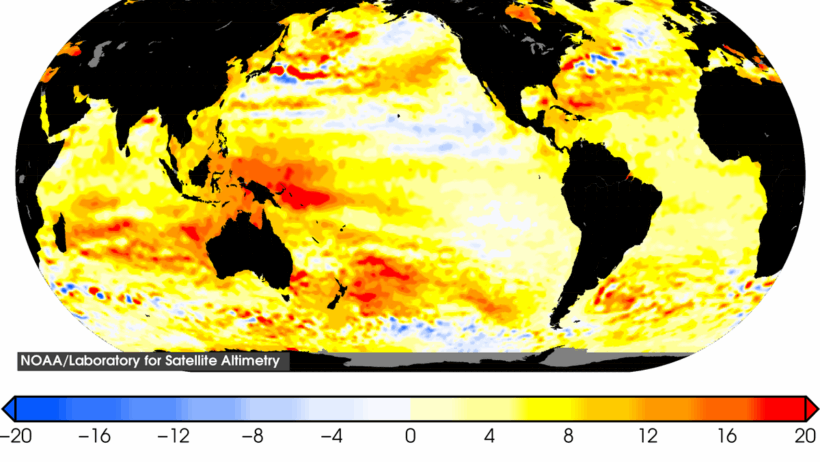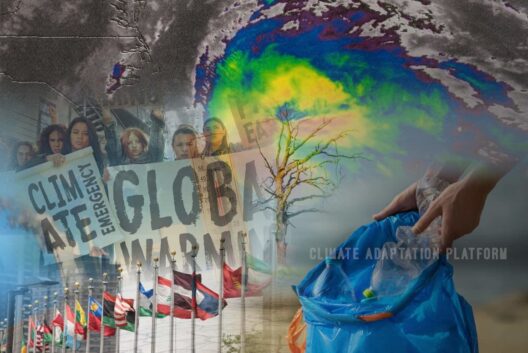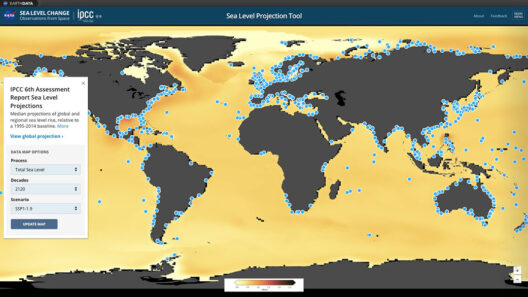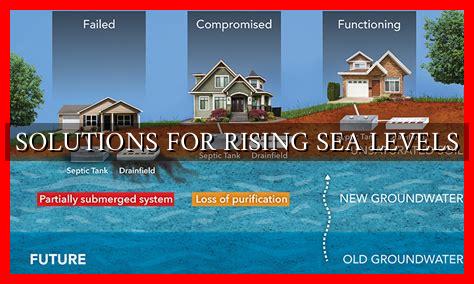Are the Sea Levels Rising or Falling? Understanding the Facts About Sea Level Trends
As concerns about climate change continue to dominate global discourse, the question of sea level trends has emerged as a pivotal issue. The reality of rising sea levels presents urgent implications for coastal communities, ecosystems, and global economies. But what do we really know? Are sea levels definitively on the rise, or is there a nuanced narrative at play?
The Dynamics of Sea Level Change
Sea level fluctuations are not a modern phenomenon. Throughout Earth’s history, ocean levels have oscillated, responding to climatic shifts driven by natural forces such as glacial and interglacial periods. In today’s context, however, anthropogenic influences—primarily greenhouse gas emissions—have accelerated these changes, prompting unprecedented rates of sea-level rise.
Understanding how sea levels are measured involves comprehension of both the hydrosphere’s response to temperature and the gravitational realities that govern sea distribution. Satellite altimetry and tidal gauges provide the principal methodologies for gauging sea level changes across the globe. While sea levels globally exhibit a discernible upward trajectory, regional variations can yield complex local insights.
The multifaceted nature of sea-level changes can be attributed to two primary contributors: thermal expansion of seawater and the melting of terrestrial ice masses. As global temperatures soar, water expands, prompting elevation in sea levels. Concurrently, the disintegration of polar ice sheets and glaciers injects additional freshwater into the oceans. The interplay between these phenomena fosters an intricate web of consequences that demand careful examination.
Empirical Evidence of Rising Sea Levels
The consensus among scientists remains robust: average global sea levels have risen significantly over the past century. Data sourced from historical records reveal an increase of approximately eight inches since the late 19th century, with projections suggesting that this trend could accelerate in the coming decades. According to the Intergovernmental Panel on Climate Change (IPCC), sea levels may rise by as much as three feet by 2100 if current trends persist.
This seemingly innocuous increment belies catastrophic ramifications for vulnerable coastal regions. Low-lying areas—home to millions—face an existential crisis as encroaching tides threaten infrastructure, freshwater resources, and livelihoods. The dichotomy of a rising sea invokes stark images of flooding, erosion, and displacement, compelling governments and communities to reimagine their futures and resilience strategies.
Micro vs. Macro: The Regional Variation Disparity
While global averages testify to rising seas, regional variations complicate the narrative. The phenomenon of sea level rise is not uniform across the globe; several regions experience notable deviations often driven by tectonic activity, ocean currents, and atmospheric conditions.
Consider countries like the Maldives and Vietnam, where the risk of flooding is compounded by their geographical idiosyncrasies. In contrast, areas such as Alaska or parts of the western United States may experience localized sea level declines, primarily attributable to land uplift. This geographical disparity underscores the necessity of localized research to unpack the complexity of sea-level dynamics.
Climate Change and Extreme Weather: A Vicious Cycle
The relationship between climate change, extreme weather events, and sea levels merits further exploration. As global temperatures rise, the destruction wrought by storms and hurricanes becomes increasingly ferocious. Furthermore, intense rainfall can lead to rapid increases in river runoff, exacerbating flooding scenarios in susceptible locations.
This cyclical relationship presents an alarming reality; stronger storms not only result in immediate damage but can also contribute to long-term erosion and infrastructural compromise along coastlines. Consequently, greater awareness of this dynamic can foster more nuanced policy approaches and disaster preparedness efforts.
Innovation for Adaptation: Solutions and Strategies
Confronting rising sea levels necessitates immediate action and innovative solutions. Coastal city planners and environmentalists advocate for adaptive strategies that can withstand future challenges. The implementation of green infrastructure—such as wetlands restoration, artificial reefs, and natural barriers—serves a dual purpose: enhancing biodiversity and offering a buffer against storm surges.
Moreover, transitioning to renewable energy sources can curtail greenhouse gas emissions, lessening the impacts of climate change that drive sea-level rise. Educational initiatives targeting communities at risk can empower citizens with the resources needed to advocate for sustainable practices that protect their environment and livelihoods.
The Future of Our Coasts: Embracing Change
As we contemplate the future, we must shift our perspective surrounding sea levels. This narrative is not merely about retreat; it is about resilience, adaptation, and proactive measures. Understanding the trends of rising versus falling sea levels should transcend mere data points and become a call to action.
Ultimately, it is not just seas that are on the move; humanity must evolve alongside them. By equipping ourselves with knowledge and fostering a collaborative approach across disciplines and communities, we can address the multifaceted challenges that will inevitably arise with changing sea levels.
A call to curiosity thus blooms—a pivotal moment exists now, where understanding and respect for the natural world can encourage innovation and longevity in our coastal regions. The oceans may rise, but so too must our collective resolve to protect the environments that sustain us.








